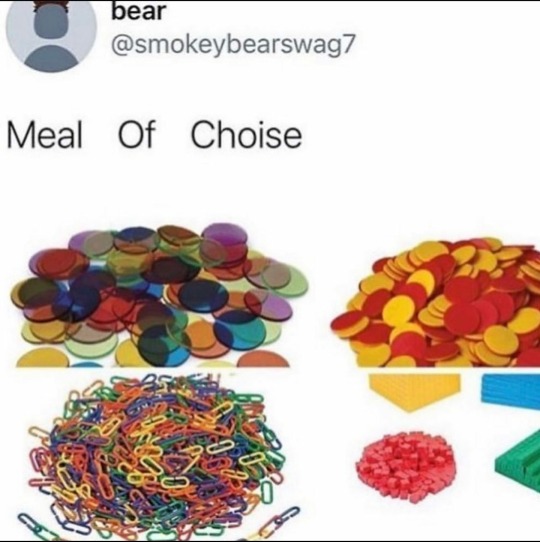#Microplastics
Text
A research paper published in Science Advances reveals a direct correlation between plastic production and plastic pollution, such that every 1% increase in plastic production is associated with a 1% increase in plastic pollution in the environment.
The study finds that fast-moving consumer goods companies disproportionately contribute to the problem more than household and retail companies. The study marks the first robust quantification of the global relationship between plastic production and pollution.
The research, led by scientists from a dozen different universities in the United States of America, Australia, the Philippines, New Zealand, Estonia, Chile, Sweden, Canada, and the United Kingdom, found that 56 global companies are responsible for more than half of all branded plastic pollution.
The Coca-Cola Company was responsible for 11% of branded waste, followed by PepsiCo (5%), Nestlé (3%), Danone (3%), and Altria/Philip Morris International (2%). The top companies identified produce food, beverage, or tobacco products.
129 notes
·
View notes
Text

24K notes
·
View notes
Text

Welcome to my Tuesday morning PSA about plastics!
So--I was walking along the Bolstadt beach approach sidewalk here in Long Beach, WA yesterday afternoon, and I started seeing these little orange pellets on the ground that looked a little bit like salmon roe (but probably weren't). So I picked one up, and it was most definitely rubber. I went around picking up every one I could find, and while I didn't keep exact count I probably amassed 50-60 of them. I took this picture before depositing them in the nearest trash can.
These are airsoft gun pellets, and you can buy them in big jars containing thousands of them. That means that someone who decided that the beach was a great place to shoot their airsoft guns could easily litter the place with countless little bits of plastic rubber in less than an hour. We already have a huge problem here with people leaving trash, including tiny bits of plastic, all over the beach (you should see the gigantic mess after 4th of July fireworks when thousands of people come in from out of town, blow things up, and then leave again without picking up after themselves.)
But these airsoft pellets have a particularly nasty side effect. You know how my first thought was "wow, those look kind of like salmon roe?" Well, we have a number of opportunistic omnivore birds like crows, ravens, and several species of gull that commonly scavenge on the beach, especially along the approaches because people often feed them there. If I can catch the resemblance of an orange airsoft pellet to a fish egg, then chances are there are wildlife that will assume they're edible.
Since birds don't chew their food, they probably won't notice that the taste or texture is wrong--it'll just go down the hatch. And since they can't digest the pellets, there's a good chance they might just build up in the bird's digestive system, especially if the bird eats a large number of them--say, fifty or sixty of them dropped on the ground along the same fifty foot stretch of sidewalk. The bird might die of starvation if there's not enough capacity for food in their stomach--or they might just die painfully of an impacted gut, and no way to get help for it. If the pellets end up washed into the ocean, you get the same issue with fish and other marine wildlife eating them, and then of course the pellets eventually breaking up into microplastic particles.
You can get biodegradable airsoft pellets; they appear to mainly be gray or white in color rather than bright screaming orange and green. But "biodegradable" doesn't mean "instantly dissolves the next time it rains." An Amazon listing for Aim Green biodegradable airsoft pellets advertise them as "Our biodegradable BBs are engineered to degrade only with long-term exposure to water and sun and will degrade 180 days after being used." That's half a year for them to be eaten by wildlife.
I don't know, y'all. That handful of carelessly dropped rubber pellets just encapsulates how much people don't factor in the rest of nature when making decisions, even on something that is purely for entertainment like an airsoft gun. We could have had a lot of the same technological advances we have today, but with much less environmental impact, if we had considered the long-term effects on both other people and other living beings, as well as our habitats. We could have found ways from the beginning to make these things in ways that benefited us but also mitigated any harm as much as possible. Instead we're now having to reverse-engineer things we've been using for decades, and sometimes--like the "biodegradable" airsoft pellets--they still have a significant negative impact.
But--at least there are people trying to do things better, thinking ahead instead of just on immediate profit. We're stuck in a heck of a mess here, figuratively and literally, and changing an entire system can't be done in a day. Maybe we can at least keep pushing for a cultural shift that emphasizes planning far into the future--if not the often-cited "seven generations ahead", then at least throughout the potential lifespan of a given product.
#plastics#microplastics#environment#environmentalism#conservation#nature#pollution#litter#birds#tw animal death#animal welfare#ecology#science#wildlife#animals#scicomm#pnw#airsoft#biodegradable#solarpunk
4K notes
·
View notes
Text



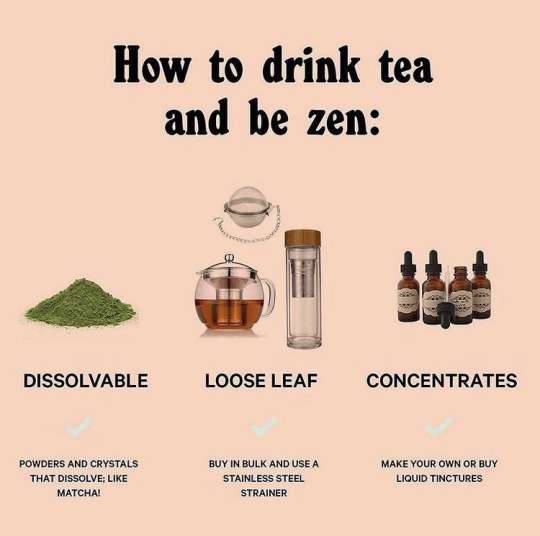
Totally ruined my morning reading about tea bags and microplastics but at least I know now and I'm gonna switch to loose leaf. Posting this incase others didn't know! Cause I know I didn't
37K notes
·
View notes
Text
#good news#nature#science#environmentalism#environment#microplastics#plastic#plastic pollution#plastic pollution solutions
1K notes
·
View notes
Text
Could plants be the answer to the looming threat of microplastic pollution? Scientists at UBC's BioProducts Institute found that if you add tannins—natural plant compounds that make your mouth pucker if you bite into an unripe fruit—to a layer of wood dust, you can create a filter that traps virtually all microplastic particles present in water.
While the experiment remains a lab set-up at this stage, the team is convinced that the solution can be scaled up easily and inexpensively once they find the right industry partner.
Continue Reading.
1K notes
·
View notes
Text
Wait no stop pls stop
What if we didn't make jokes and normalize microplastics like we did with our privacy & FBI/NSA agent.
What if we were actually really mad and stayed mad and screamed at these companies instead of making memes like microplastics in dirt and blood and water is funny and not horrifying.
What if instead of making them think they're just giving us new meme content and that they don't have anything to change cuz we're too apathetic about them destroying the planet... What if we talked shit and insistently called for the shutdown of every company who isn't investing in minimizing plastic use or plastic products. What if we refused to normalize and make light of it.
What if we made them realize Exactly how serious it is and that we aren't just gonna lie down and take it this time.
We don't need it. Not everything used to be in plastic.
Pls do not make this another thing that only activists are trying to stop. Don't make this another thing everyone just accepts so correcting it becomes an uphill battle.
Don't fucking do that to all of us, please.
Don't just accept this.
•°•°•°•
If you like my posts, consider buying me a coffee
paypal. Cashapp:$CEOofAntifa
5K notes
·
View notes
Text
"Our filter, unlike plastic filters, does not contribute to further pollution as it uses renewable and biodegradable materials: tannic acids from plants, bark, wood and leaves, and wood sawdust—a forestry byproduct that is both widely available and renewable."
"In their research, the team analyzed microparticles shed from widely-used tea bags made of polypropylene. They observed that their technique, termed “bioCap,” captured between 95.2 percent and a staggering 99.9 percent of plastic particles in water, depending on the plastic type. When tested in mouse models, the process was proven to prevent the accumulation of microplastics in the organs"
They said this solution can be scaled up in places like water treatment plants and scaled down for use in the home as well. This is amazing news considering microplastics are one of the biggest problems impacting health these days.
#plastic pollution#microplastics#environmental science#sustainability#good news#water quality#hopefully it doesn't get heavily commercialized and will be easily accessible to all#wrenfea.hope
472 notes
·
View notes
Text
Sıkılsam mı bilemedim 😁🌍🌱💚🍀♻️

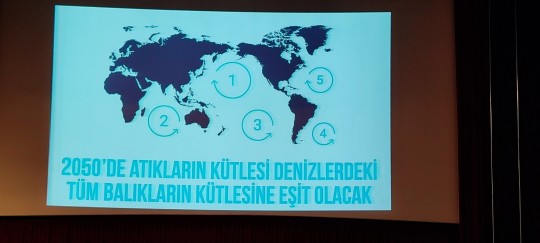
#Çevre semineri#küresel ısınma#Çevreci olmak#Dünyamızı koruyalım#sıfır atık#İklim krizi#Paris anlaşması#microplastics#geri dönüşüm
120 notes
·
View notes
Text







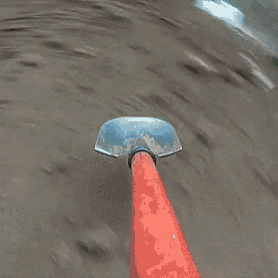
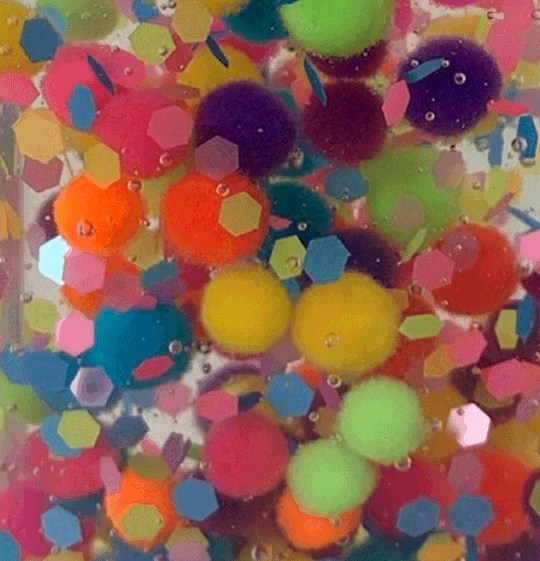
OH MY GOD!!!!
MULCH. IS. HERE.
dog who eats mulch and microplastics stimboard ✨️
#mulchgang4life
🎉 🪨 🎉
🪨 🐶 🪨
🎉 🪨 🎉
#MULCH IS HERE#MULCH. IS. HERE.#stim#stimboard#mine#mulch#mulch gang#mulchgang#mulchgang4life#soil#microplastics#me#stimblr#stimmy#visual stim#glitter#dog#earth#autism#shitposting#meme#tommie speaks
117 notes
·
View notes
Text

17K notes
·
View notes
Text
Vegans(a very specific type, not all) when they say "it's more environmentally friendly to not use animal products! Think about how many resources cows take up!" Make me laugh cause like
Babygirl the fish are dying from the microplastics from all the pleather you lot use which is quite literally disintegrating after a certain amount of time and doesn't last anywhere near as long as leather.
Sacrificing a thousand fish to save one cow, and you're probably not even saving that cow, you're just letting more of it go to waste.
Oh but you can't say that to them, they'll just call you a "carnist" or some shit instead of trying to have an actual conversation
#microplastics#'vegan for the environment' is a lie#you're a liar#seriously#discourse#stole the fish thing from a friend#he said it first and I liked it#this was in my drafts a while and I posted it just to put the fish comment in there
70 notes
·
View notes
Text
What's up with all the plastic in the ocean?
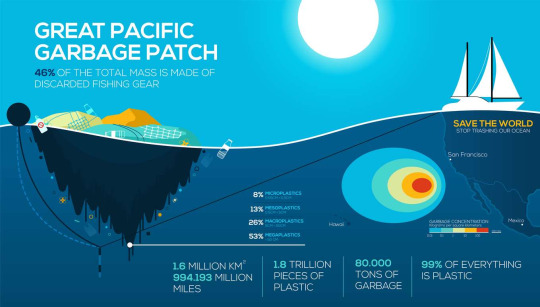
Let me talk about one really sad thing - and one where the information out there is just really bad.
A lot of you will have heard about the Great Pacific Garbage Patch. And about how you should not use plastic straws and have to recycle all the plastic you use and what not, because it is killing all the poor animals and what not.
I am here to tell you... it's all a lie. All of it.
Now, let me first say: Recycling is a scam. Because of capitalism. Yes, we could recycle at least some of the plastics we use (not all of them), but for the most part we do not do that, because it just is too expensive. So most of the plastics you and I put into recycling end up in landfills... Most likely in landfills in poor nations, where the stuff gets shipped off to. We do not really do anything good with the recycling stuff. Because making new plastics is cheaper. Simple as that. Capitalism prefers the cheap stuff. So, recycling is not happening.
But also... that plastic usually is still not the biggest problem when it comes to plastic in the ocean. Like, that landfil plastics are a problem and they should not be there. But they are not the reason for the plastics in the ocean.
Now, let me first talk microplastics, even though they are off course not that much of the plastic in volume. But where does that microplastic come from? Media wants you to believe that it is just not-recycled plastic that has somehow been made small by the ocean... But that's not it.
Instead most of the microplastics come from cars. It is abrasions from tires and breaks, that collect on the roads and then through rain get slowly transported into the oceans.
But as you can see from the graph above: Most plastics in the oceans are actually macroplastics and megaplastics. So big pieces of plastic. So, what are those?
Mostly... Fishing waste. So, fishing nets, fishing lines and stuff like that, that after use get just thrown into the oceans. This is because the fishing industry is among the industries least regulated - for the simple fact that most industries that work off the ocean are hard to regulate. And of course in the end people are very unintrested in regulating such industries.
Which is also the reason for other stuff. Overfishing. Bycatch. All those things. It just is not properly regulated - and even what regulations are there are hard to enforce because... well, who is gonna enforce them out there.
So... really. To save the oceans... we gotta eat less fish.
#solarpunk#save the oceans#microplastics#great pacific garbage patch#oceans#environmentalism#save the planet
96 notes
·
View notes
Text
Researchers have for the first time discovered evidence of microplastic contamination in archaeological soil samples.
The team discovered tiny microplastic particles in deposits located more than 7 meters deep, in samples dating back to the first or early second century and excavated in the late 1980s.
Preserving archaeology in situ has been the preferred approach to managing historical sites for a generation. However, the research team say the findings could prompt a rethink, with the tiny particles potentially compromising the preserved remains.
Continue Reading.
242 notes
·
View notes
Text
Every day, millions of plastic pellets – lentil-sized pieces of microplastic – are pouring into our ocean, spilling from ships transporting them around the world.
You may not realise it, but almost all of the plastic products we use – from water bottles to toothbrushes to fridges – are made from these melted-down pellets or ‘nurdles’.
And though they’re only tiny, they’re causing huge harm to marine wildlife and habitats – smothering seagrass meadows and filling the stomachs of seabirds and seals, fish and turtles, meaning many starve to death.
It’s a scandal that these pellets are being allowed to pollute our ocean, especially when it’s preventable.
The International Maritime Organization (IMO) is the United Nations agency responsible for the safety and security of shipping and the prevention of pollution from ships. It has the power to classify plastic pellets as marine pollutants, which would make them subject to much stricter shipping regulations – immediately.
#people are gonna reblog this just to laugh at the word -nurdles- aren't they#microplastics#plastics#pollution#ocean#plastic pollution#environment
228 notes
·
View notes
